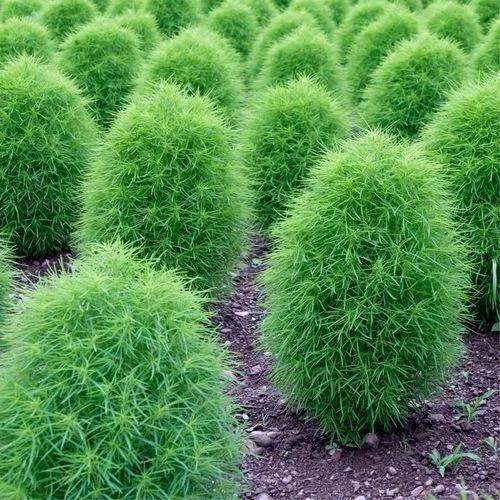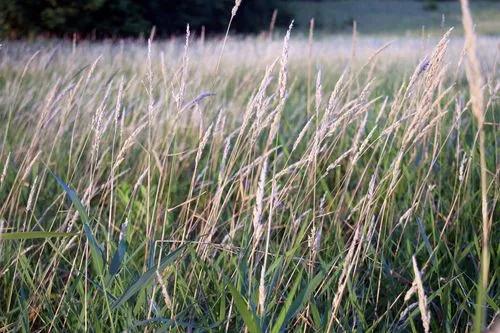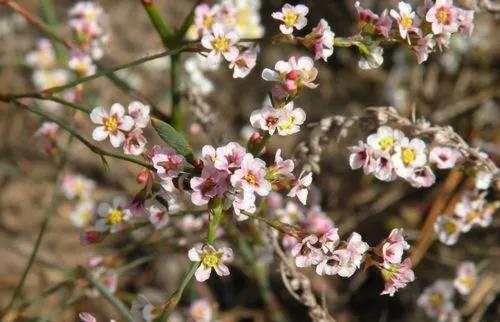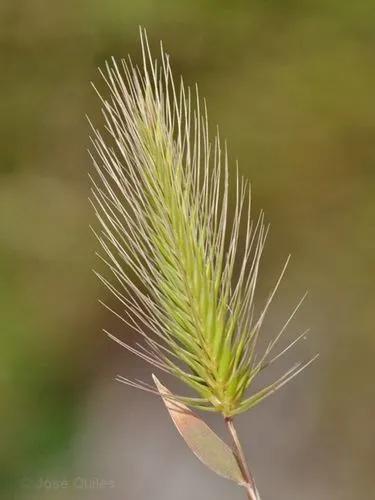Quaking Grass is a perennial herbaceous plant that flowers from June to September. It's a perfect addition to bright flowers both in the garden and vase.
Common Quaking Grass Care
Briza Media



This Grass species came from England and Wales. Quaking-Grass has various common names, such as Cow-Quake, Earthquakes, Jiggle-Joggles, Quakers-and-Shakers, Tottergrass, and Wag-Wantons. Country birds consume seeds of Briza Media. This plant has no toxicity to birds, cats, dogs, horses, cattle, or people.
How to Care for the Plant

Water

During the first year, provide regular, thorough watering once every week to help the new roots establish. Wait until the top 1-2 in (2.5-5 cm) of the soil gets dry before watering again. Mature Quaking Grass is drought-tolerant and will need irrigation only during the most extended periods of drought. If you decide to keep your grass in a pot, let it have a drink every 4-5 days during the active period of growth.

Pruning

You can prune the grass when it reaches 7-15 in (20-40 cm) and has large inflorescences. Cut back the flower stems once the grass has withered. Slightly chop the leaves before the winter comes to stimulate new shoots.

Fertilizer

Your Quaking Grass can receive all nutrients from the fresh potting soil. Refresh the dirt early, and you won't need to fertilize it.

Sunlight

Quaking Grass is a sun-loving plant, so let it grow in a full sunlight or a slightly shaded location.

Soil

Quaking Grass tolerates most soils – either regular, sandy, or clay. Soil moisture can be average, dry, or damp, while the pH of soil may be neutral, alkaline, or acid. The perfect solution will be to find the meager and not too nutrient-rich ground.

Propagation

Quaking Grass propagates by division, which increases the lifespan and vitality of the Briza Media. Divide the sprouts at the start of Spring. Dig up the mother plant and cut it into sections of 2-3 buds. Use a sharp knife or a spade for it. You can plant the sprouts at the new place right away.

Temperature

The perfect temperature for the Quaking Grass to grow is about 55°F (13°C). Briza Media is tolerant of low temperatures at -15 °F (-26°C).

Container

Plant the Quaking Grass outside at 1/8 in (3 mm) deep in Late Summer or following the last frost with a spacing of 12 in (30 cm). If you grow it indoors, use peat pots. Choose a 6,5 in (16 cm) deep container for indoor breeding. Spacing should be the same as for outdoor growing — 12 in (30 cm) apart.

Fun fact

Quaking Grass got its name from elegant branching heads which tremble or quake in the breeze.

Popularity

25 people already have this plant 6 people have added this plant to their wishlists
Discover more plants with the list below
Popular articles






